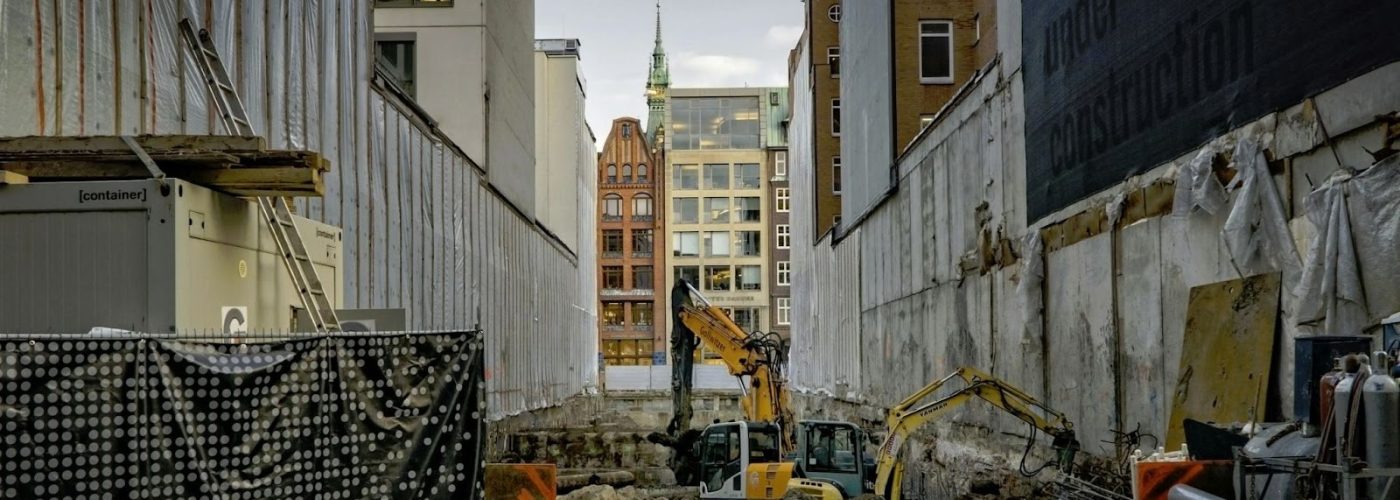The construction industry is still a major contributor to climate change – with a carbon footprint that accounts for 37% of all global emissions.
Yet rather than ignore this uncomfortable reality, efforts are being made to clean up projects of all sizes with the help of sustainable materials that are both more ecologically and economically sound as a choice than outgoing equivalents.
To showcase that positive change really is in motion, here’s a look at a few of the most significant breakthroughs in construction materials that matter from a sustainability perspective.
Cross-Laminated Timber
Cross-laminated timber (CLT) is an eco-friendly darling of the construction industry – and since forests serve as carbon sinks, CLT is crucial for combating climate change while breathing new life into building designs.
Here’s what you need to know about it:
- CLT is formed by cross-layering lumber panels to create solid wood slabs, inherently locking away carbon dioxide absorbed by trees during their growth cycle.
- Despite its wooden nature, CLT boasts strength comparable to concrete and steel but weighs significantly less – this translates into reduced foundation costs and potential savings in transportation and assembly.
- Its prefab nature speeds up on-site construction time considerably – some reports suggest that projects using CLT are completed 25-30% faster compared to those using traditional materials. And it reflects a growing trend for wood being used in low-carbon construction projects – whether in the form of Accoya cladding or more structurally significant elements like CLT.
The global CLT market size was valued at $1.17 billion in 2022 and is expected to expand at a compound annual growth rate (CAGR) of 14.9% from 2023 to 2030. So it’s clear that there’s enthusiasm among construction pros to adopt it and reap the benefits.
High-Performance Concrete
Concrete is the bedrock of modern construction, but its traditional mix has been far from an ally to the environment. Luckily, high-performance concrete (HPC) is here, existing as a smarter iteration of this crucial material that’s significantly more sustainable.
Here are some key facts:
- HPC is engineered for longevity with fewer repairs and maintenance needs over time, effectively reducing the life-cycle costs of infrastructure.
- It offers superior strength and resistance to wear and tear. In seismic zones, buildings made with HPC fare better due to its ability to withstand vibrations and shocks.
- With high-strength capabilities, HPC requires less quantity than regular concrete for equivalent structural tasks, leading to material savings and a lighter environmental footprint.
Operating buildings makes up 28% of annual global carbon emissions. But when HPC is used, those figures begin trending downwards thanks to its capacity for minimizing not only emissions but also resource consumption throughout a building’s extended lifespan.
It’s important to talk about these facts and figures, because it brings fiscal responsibility to the foreground as much as it does environmental responsibility.
So just as you wouldn’t rush into picking a financial product, but should instead spend time comparing options to find the right Citi credit card for you, it’s also in your interest as a construction industry professional to think carefully about material choices.
Aerogel Insulation
Aerogel, often described as “frozen smoke” for its ethereal appearance, is solidifying its place as a super-material in sustainable construction. Its remarkable properties are upending traditional notions of insulation and efficiency.
Key talking points are as follows:
- Aerogel’s phenomenal insulating properties mean that thinner layers outperform thicker applications of conventional materials, opening up spaces and reducing material use.
- Despite being incredibly light, aerogels are strong – capable of supporting vast multiples of their own weight, which reduces structural demands.
- The semi-transparent nature of some aerogels allows for natural light diffusion – an attribute that can decrease a building’s reliance on artificial lighting and energy consumption.
On top of all this, aerogel is being proposed as an alternative to cement, in part because it can cut down on the emissions required to manufacture this material by 42%, which is another clear environmental advantage to celebrate.
Smart Glass
Smart glass can alter its translucence in response to electrical input, meaning this material offers unparalleled control over light and temperature within buildings.
Here’s what matters most about this material:
- Smart glass modulates light entry, which can reduce reliance on HVAC systems by up to 40%, cutting energy costs significantly.
- While letting in natural light, it can block harmful UV rays and infrared radiation – protecting occupants and interior furnishings without compromising on illumination.
- With the flick of a switch, smart glass can transition from transparent to opaque – providing instant privacy without the need for shades or blinds.
The global smart glass market size was valued at $6.59 billion in 2023 and is projected to grow 9.9% annually until the end of the decade. This surge reflects an understanding of its role in creating more sustainable living spaces that adapt with ease and elegance.
Final Thoughts
These materials are making construction better for the planet, as well as for the people that end up using the buildings that feature them. So from ecological advantages and financially savvy moves to pure usability, the selling points keep coming.





